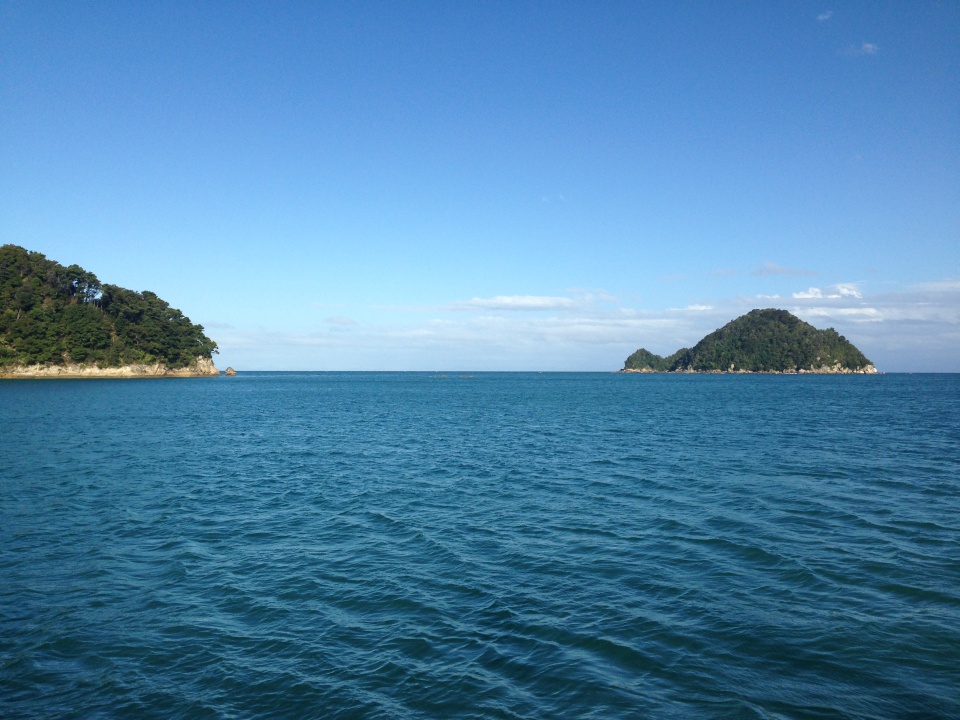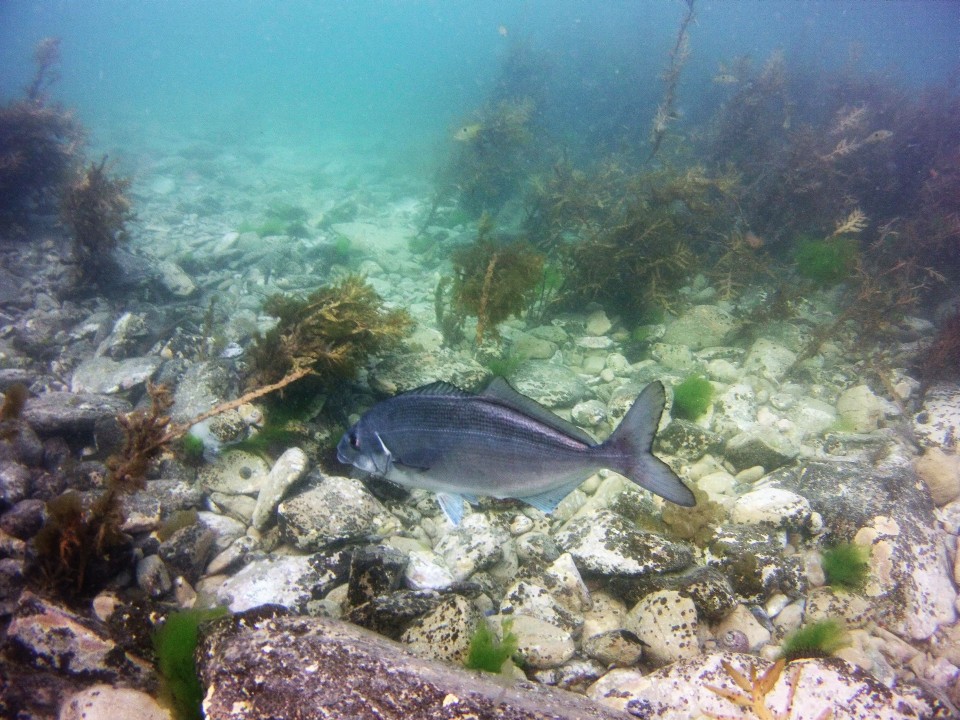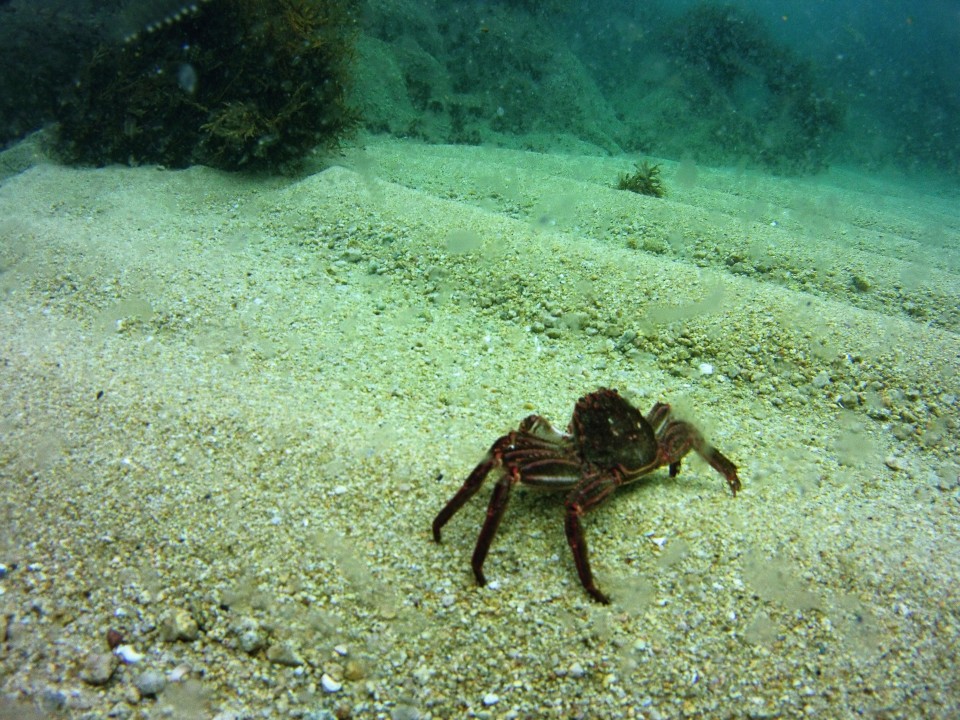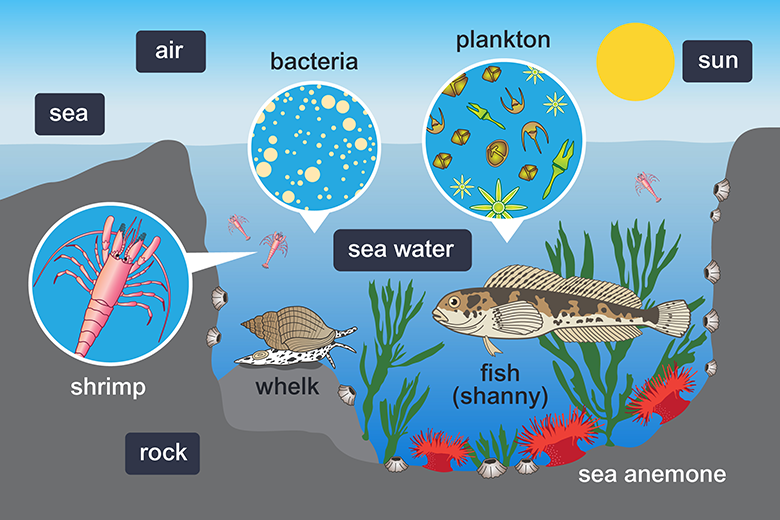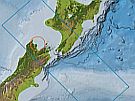The living parts of an ecosystem are called biotic factors. The non-living elements of the environment that they interact with are called abiotic factors. Because living things both respond to and are influenced by their environment, it is important to study abiotic and biotic factors together to get a full picture.
What makes up an ecosystem?
An ecosystem must contain producers, consumers, decomposers, and dead and inorganic matter. All ecosystems need energy from an external source – this is usually the sun.
- Producers make food from inorganic matter. Plants are producers – they make sugar through photosynthesis using sunlight, water and carbon dioxide to produce food.
- Consumers eat producers. All animals are consumers. They cannot make their own food so they must eat plants and/or other animals.
- Decomposers break down dead matter. They may be bacteria or animals and they feed off dead plants and animals.
- Inorganic matter is what non-living things are made from. These are things like air, water, rocks, soil, metals and nutrients (nitrogen, phosphorus and carbon). Inorganic matter is important in an ecosystem because it is what producers use, and it is the physical and chemical, non-living environment that we live in.
You can watch this video about what makes up a marine ecosystem.
Why is knowing about ecosystems important?
The interactions within an ecosystem are linked, and they can get very complex. Anything that affects one part of the ecosystem will, in turn, affect others. Unfortunately, people often do things that disrupt an ecosystem. Even though our actions may seem small, they can have large effects.
For example, over-fishing sharks can have catastrophic effects for reef ecosystems. By removing the top-level predator, the species it normally eats thrive and then over-populate. This disrupts the whole reef ecosystem.
Resilient ecosystems
Resilience of an ecosystem is its capacity to withstand stress and adapt to change without losing important species of plants or animals, or the connections between these.
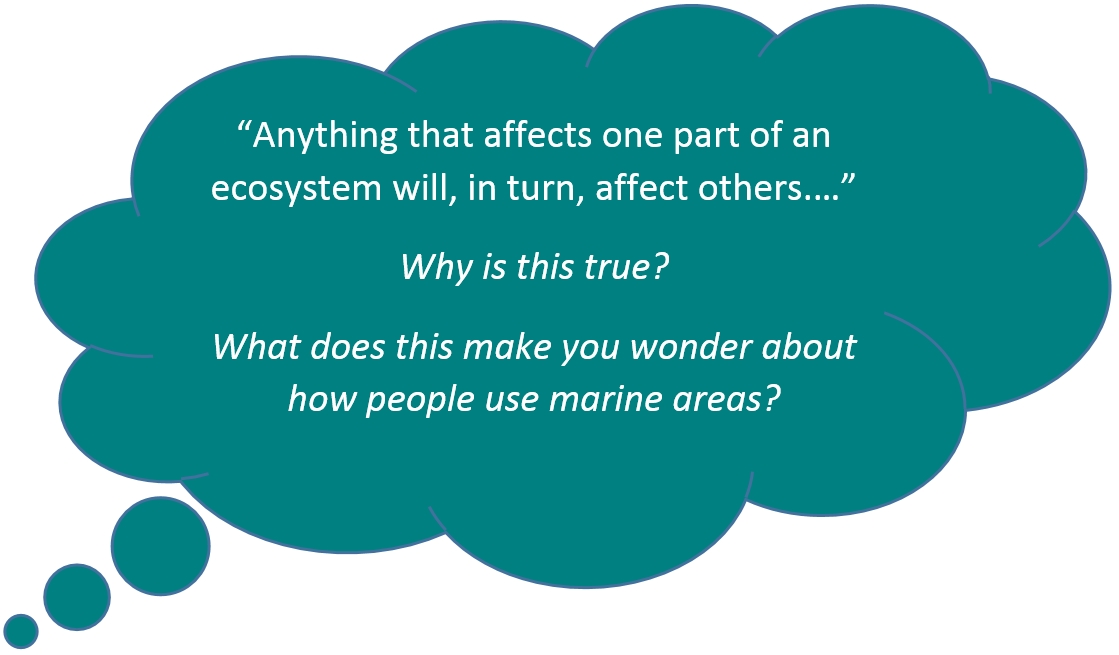
A resilient ecosystem can cope with environmental change, or recover from a disturbance. Without resilience, an ecosystem eventually cannot cope with the effects of change and/or a disturbance and will collapse, or change in significant ways (usually losing biodiversity and ecosystem services).
Biodiversity
The variety of life in natural ecosystems is known as biodiversity. Biodiversity is believed to play a crucial role in resilience, by helping ecosystems cope with various natural and human stressors. Ecosystems seem to be particularly resilient if there are many species performing the same essential function or service (such as filtration or photosynthesis).


